It is always fascinating to watch things being put together. This time we got to watch X440s come to life in the “Garden Factory”.
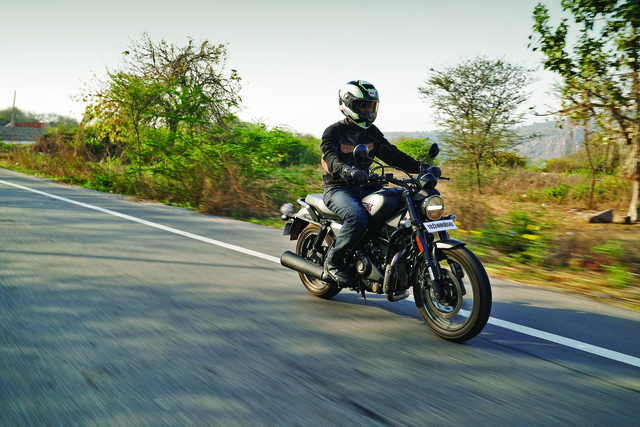
Harley-Davidson take great pride in their history and heritage. So much so that in the United States one can buy a ticket to be taken on an elaborate plant tour of their facilities. For the first time ever since their collaboration with Hero MotoCorp, Harley-Davidson India invited the media to take a look at the production line for their X440 motorcycle.
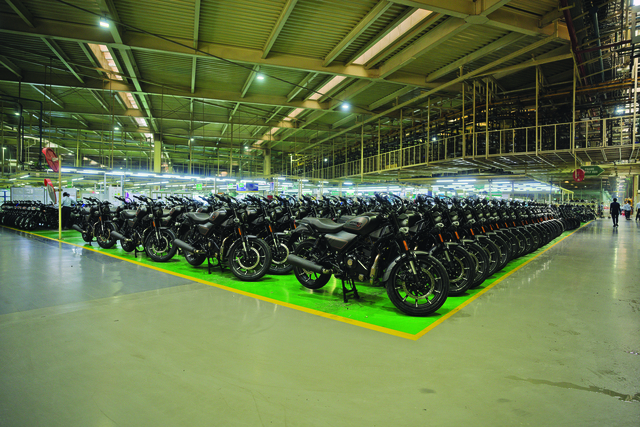
H-D’s Indian operations continue to stand true to the brand’s core philosophy of the open road because, instead of ferrying us to the plant in a car, they set us loose on the X440s. Thus, on a crisp and clear morning, we were on the highway heading towards Hero’s manufacturing facility in Neemrana to visit the birthplace of the motorcycle I was riding. Poetic, is it not? Popularly known as the “Garden Factory”, it became evident that it is a befitting name as we passed through the gates. Having steeled myself for the clangs and thuds that define a factory, it was surprising to hear birds chirping and see flowers in bloom as we walked to the main doors.
The facility became operational in 2014 and has been steadfast in its commitment to the core principle of sustainable development while maintaining high ecological standards. Given that it is located in an arid region, what they have managed to develop and maintain is significant and inspiring. Its construction and layout were optimized to maximize solar energy generation and its walls literally produce oxygen for the workers because they are lined with potted plants (over 60,000 of them). Impressive as they may be, those were not the greatest highlights for us. Their ductless air-conditioning system, called “Big Foot”, handles temperature control, maintains oxygen and humidity levels, and even keeps the shop-floor free of dust. Then there is the farm on the roof. Hydroponics-based green houses cultivate vegetables that are later used to make lunch. While other factories provide lunch to their workers, Hero are growing some of the ingredients on their own premises.
The shop-floor reflects the Hero-Harley partnership well. One line makes engines for Hero’s small-capacity motorcycles while a parallel set-up does the same for Harley’s X440 engines. The levels of organisation are commendable because nothing appears to be out of place. All of it moves along like a well-oiled machine.
The assembly line is more of an assembly oval because the stations are arranged that way. It begins with connecting the engine and the frame, goes all the way around and finishes in the adjacent station as a completed motorcycle. After that it is just a matter of final checks and testing before getting ready to be rolled out. Of course, there is a final inspection that each motorcycle must undergo. Even the slightest imperfection or scratch does not escape the watchful eye of the staff. Such motorcycles are then immediately removed off the line and kept separately. It was reassuring to see such a commitment to quality.
At the current rate, this team of men and women finish as many as 250 X440 motorcycles per day and there are plans to increase production in the future. Furthermore, the Hero Mavrick 440 will also have an assembly line there soon.
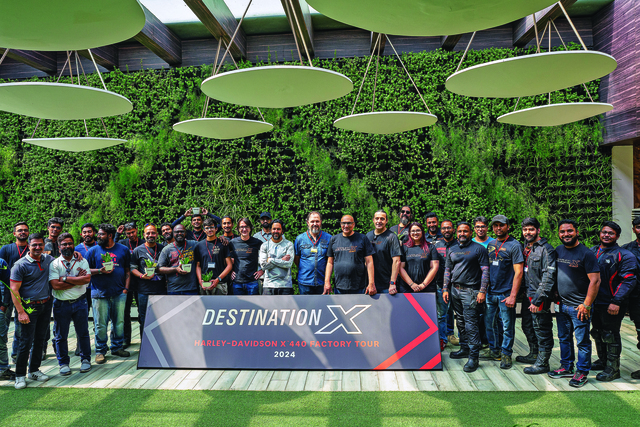
Other salient features of the Garden Factory include direct and indirect employment for people in the region, zero liquid discharge, and a waste-to-landfill contribution that is almost zero.
Also Read: Hero Mavrick 440 First Ride Review

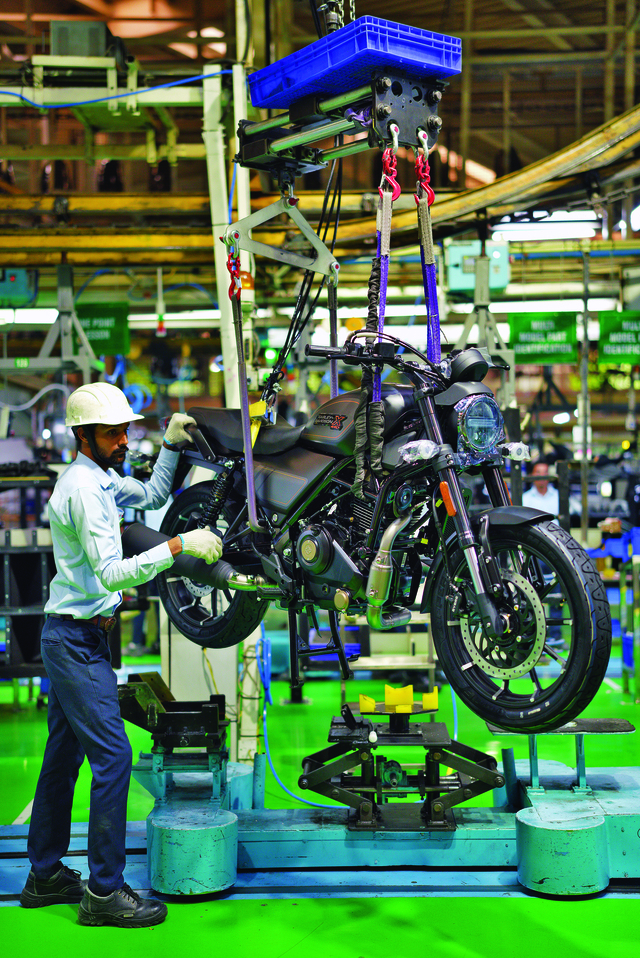
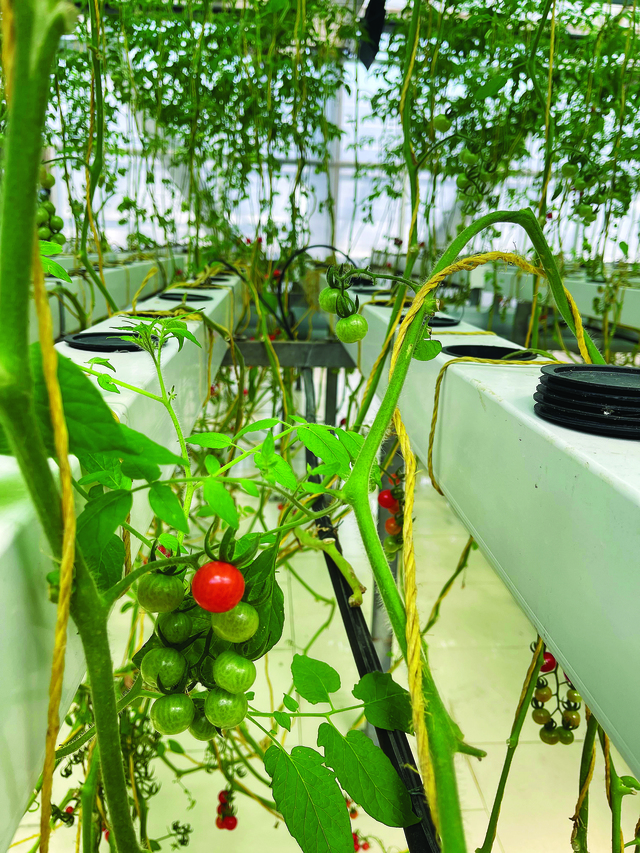


Leave a Reply